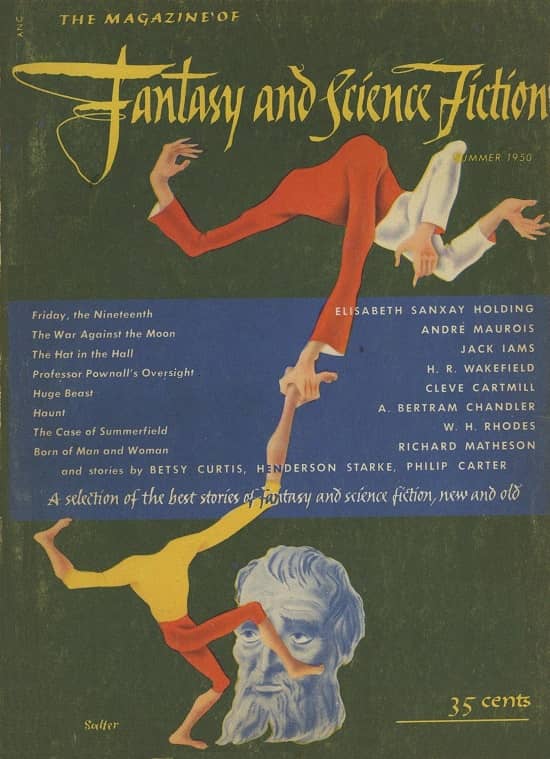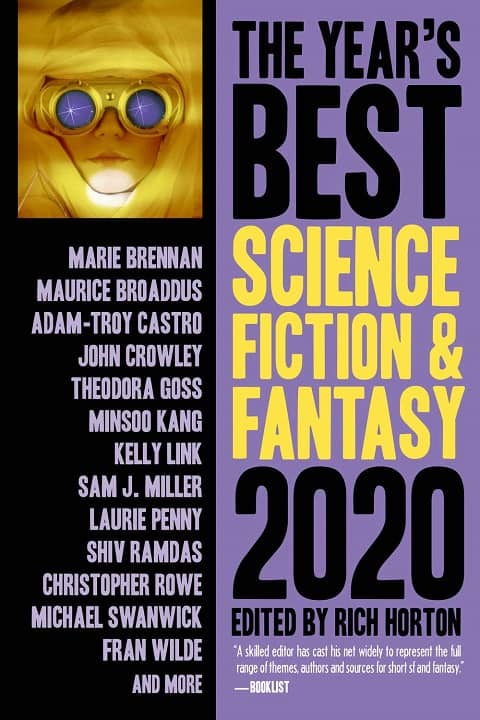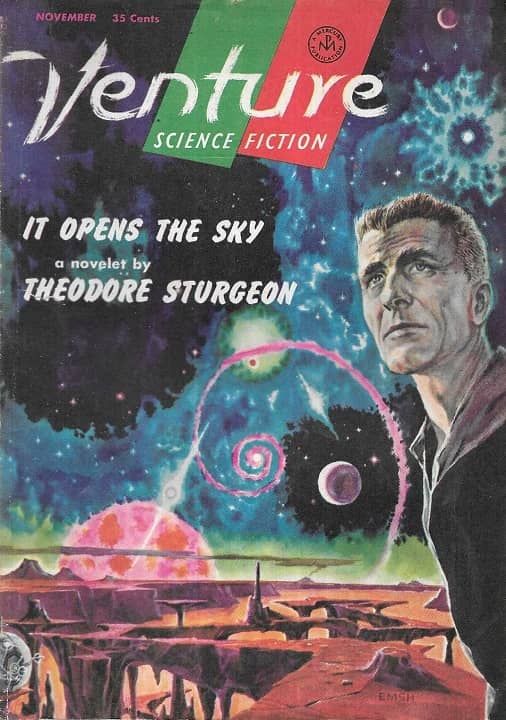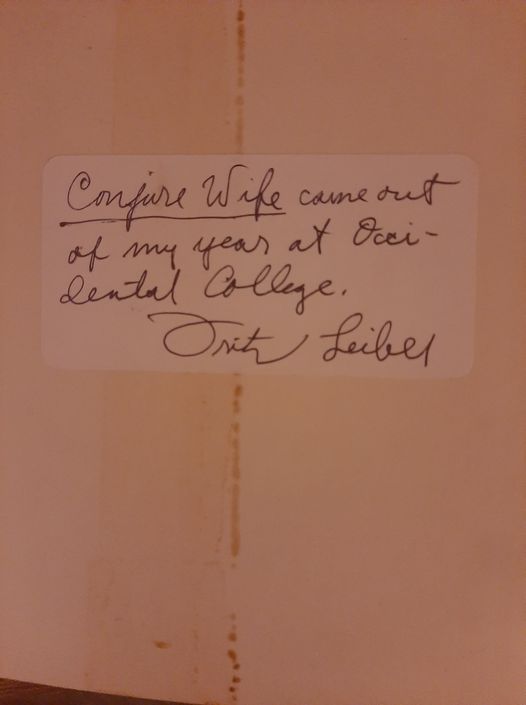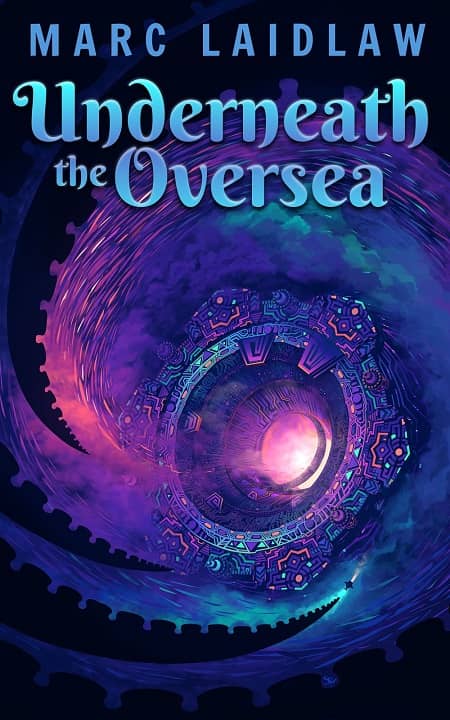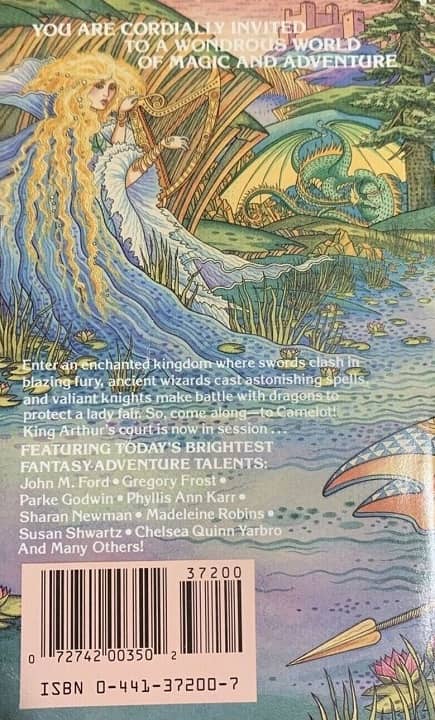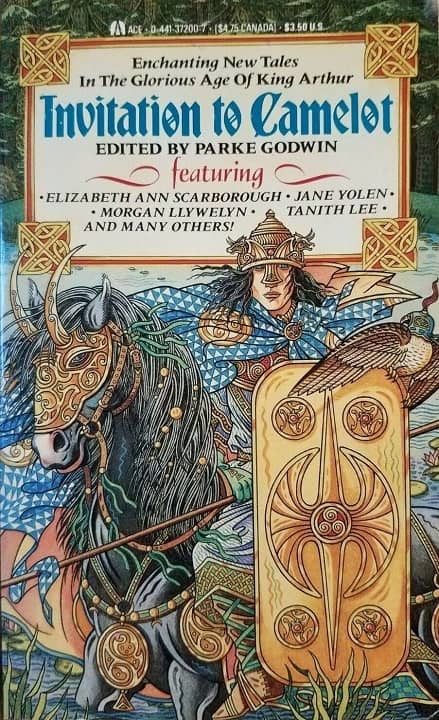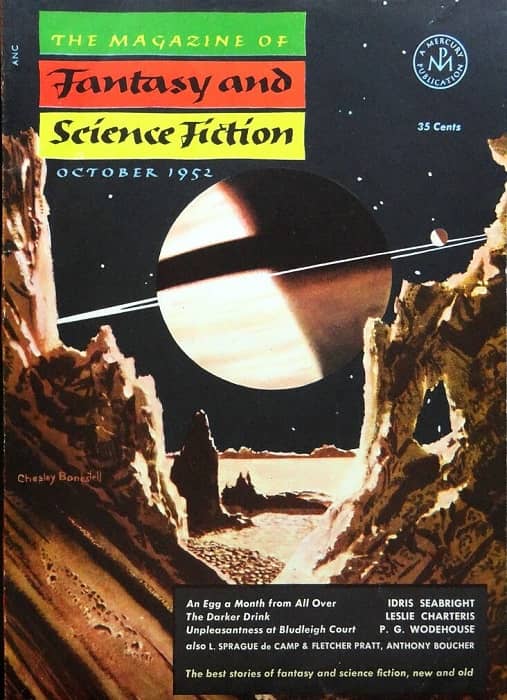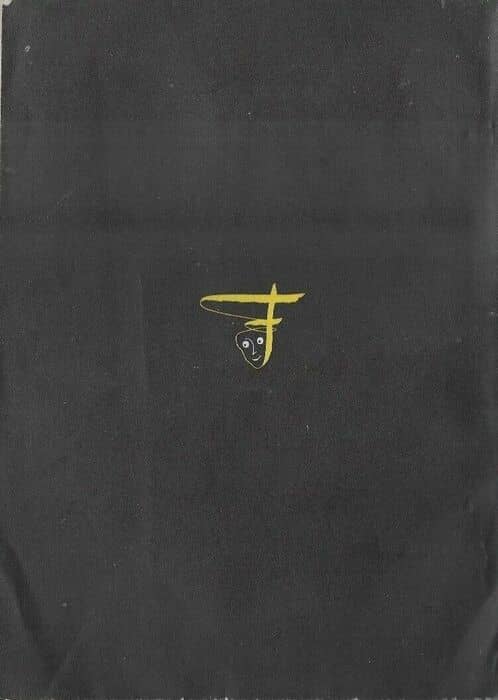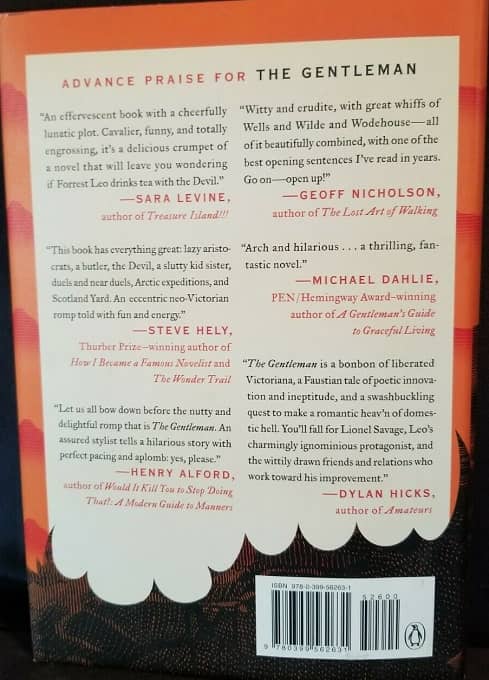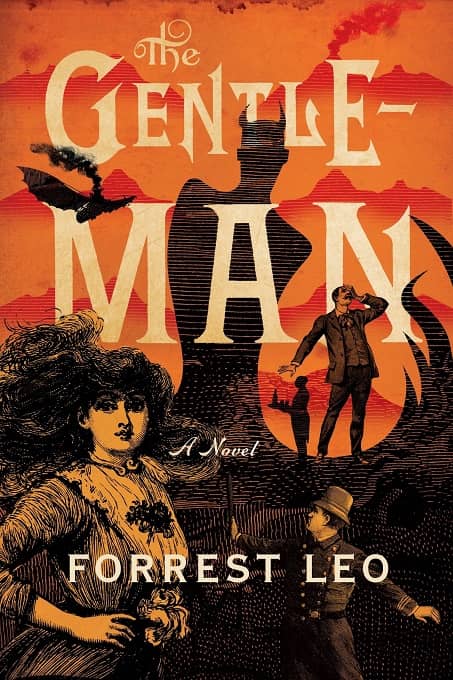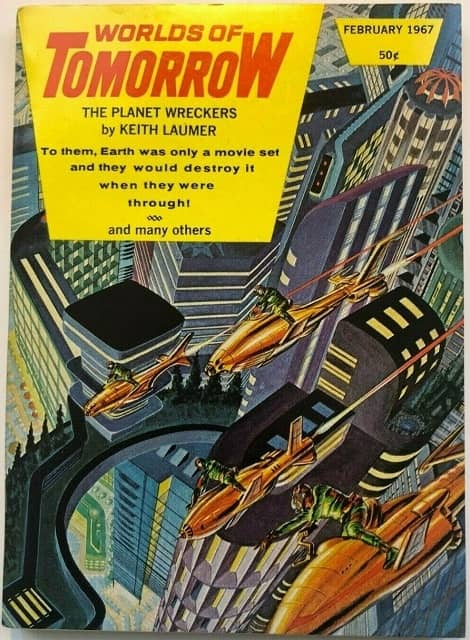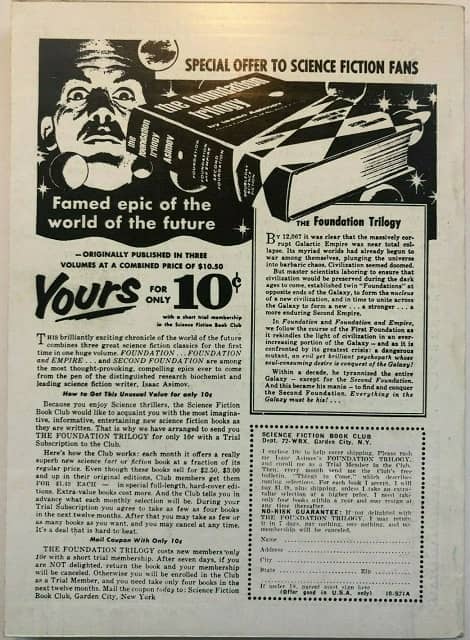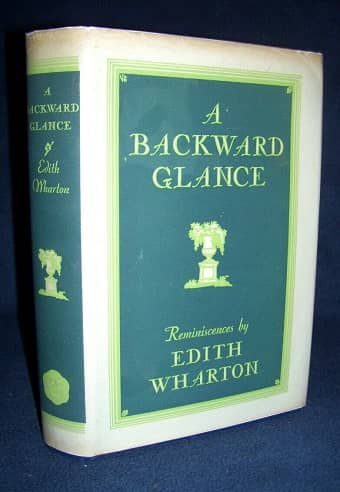Retro-Review: The Magazine of Fantasy & Science Fiction, Summer 1950
The Magazine of Fantasy and Science Fiction, Summer 1950. Cover by George Salter
This was the third issue of The Magazine of Fantasy and Science Fiction, though only the second under that name. (The first issue, Autumn 1949, was titled The Magazine of Fantasy.) Here we see it in the classic form of its early years… Whimsical fantasies… reprints from the 19th and early 20th Century, often by prominent writers … modest essays into not very hard SF… a real attempt to find good SF and Fantasy from writers in other genres.
And, I might add, covers by George Salter. Salter (born Georg Salter in Bremen, Germany, October 5, 1897 (so I share a birthday with him!) contributed 9 covers in the first two years of F&SF, then 2 more (in 1955 and 1966) — his illustrations were very much in the spirit of the early F&SF, somewhat whimsical, semi-abstract, clever. I like them a lot, though I know that taste isn’t shared by everyone.
Early F&SF was light on features. This issue featured only one… “Recommended Reading,” by the editors (Anthony Boucher and J. Francis McComas.) This was published just as genre SF was beginning to be widely published in book form. The recommendations include two Heinlein books (Sixth Column from Gnome, and Waldo and Magic, Inc. from Doubleday), as well as an anthology from Judith Merril, a couple of books from outside the genre, and more… if I am to be honest, none of the books mentioned are really all that memorable, save perhaps the Heinleins — and those more because they are Heinlein books, rather than because they are particularly outstanding.
